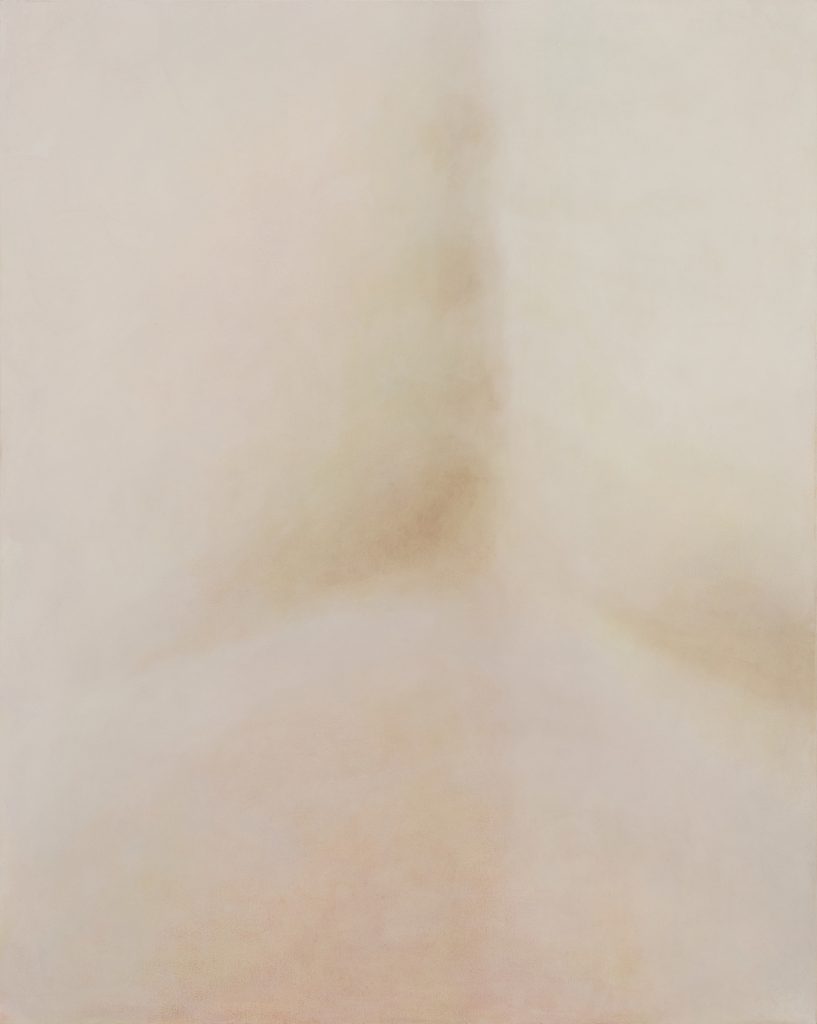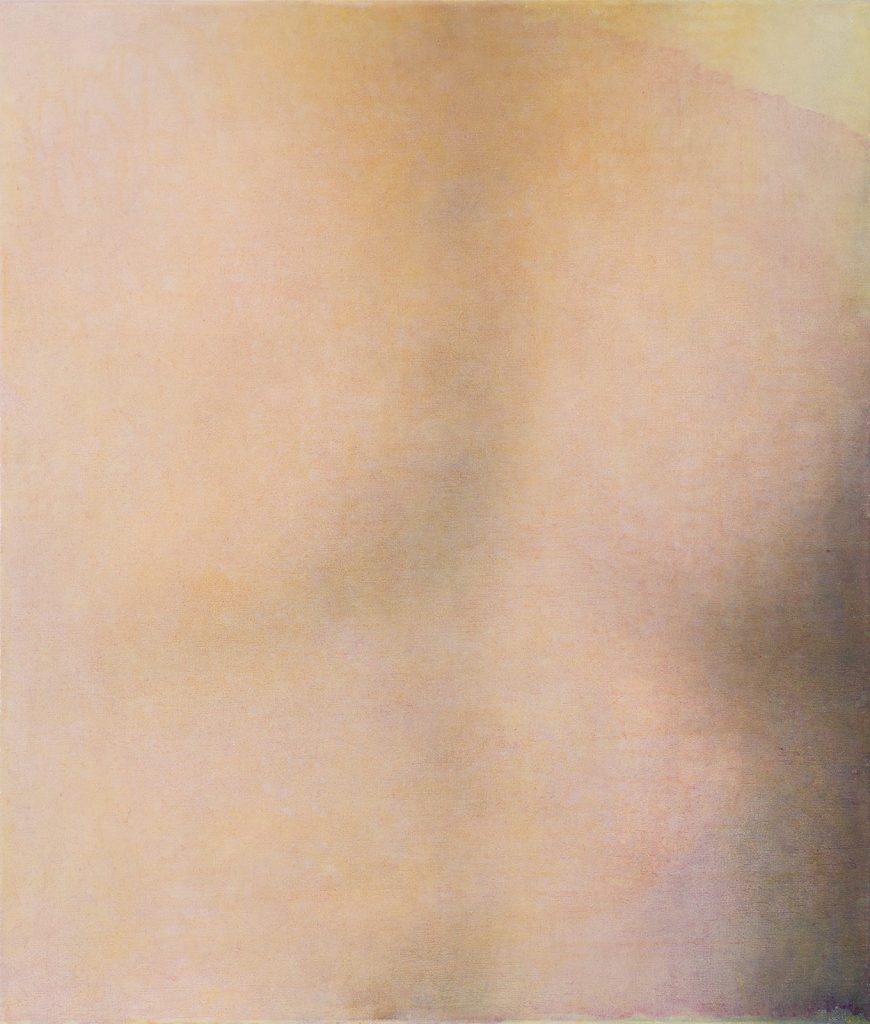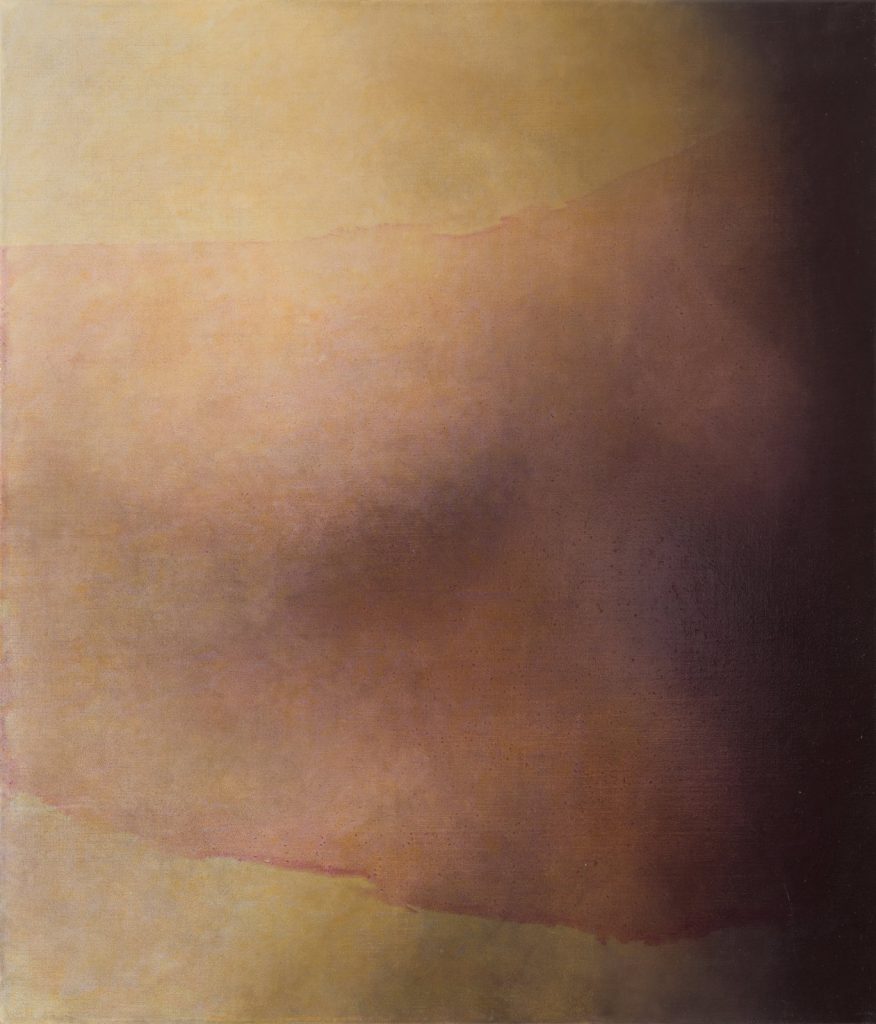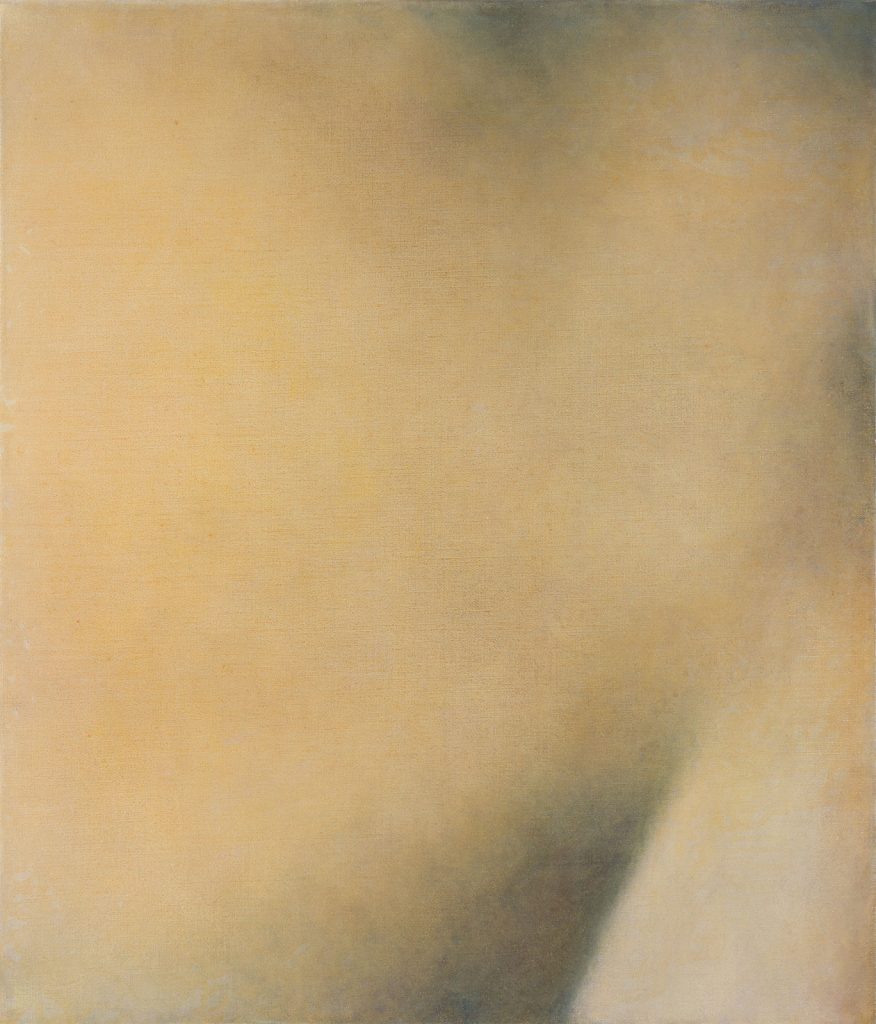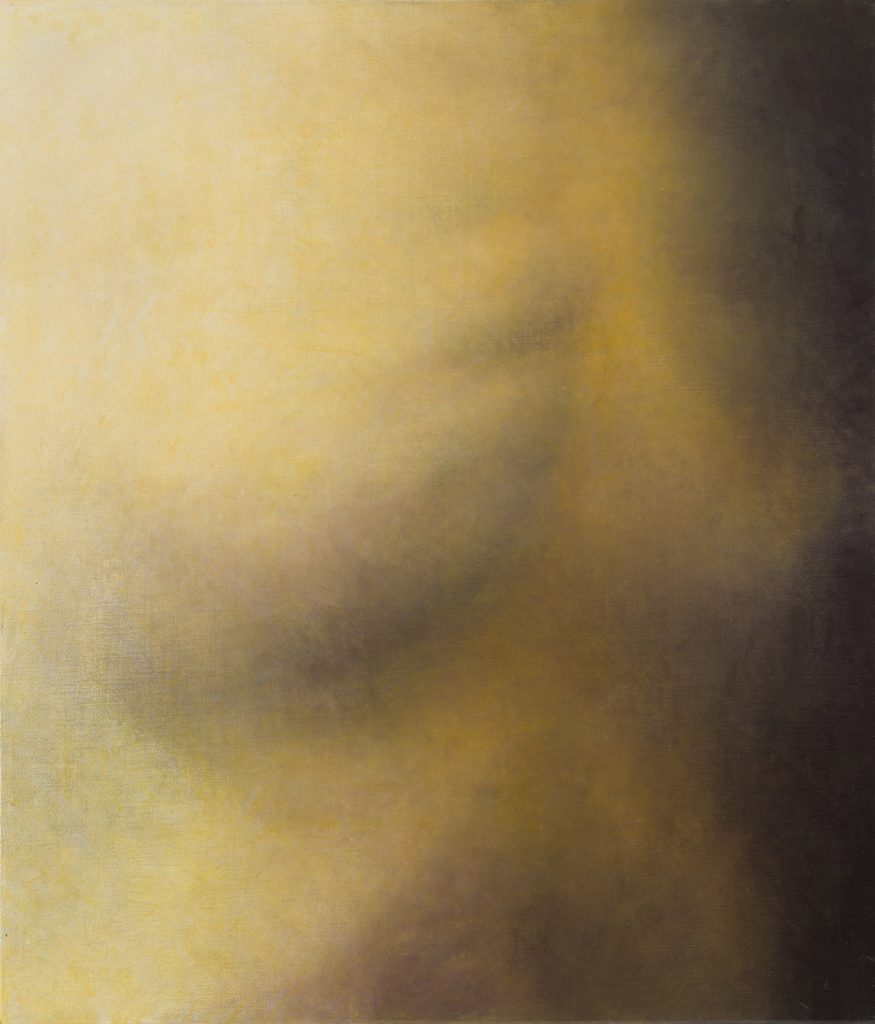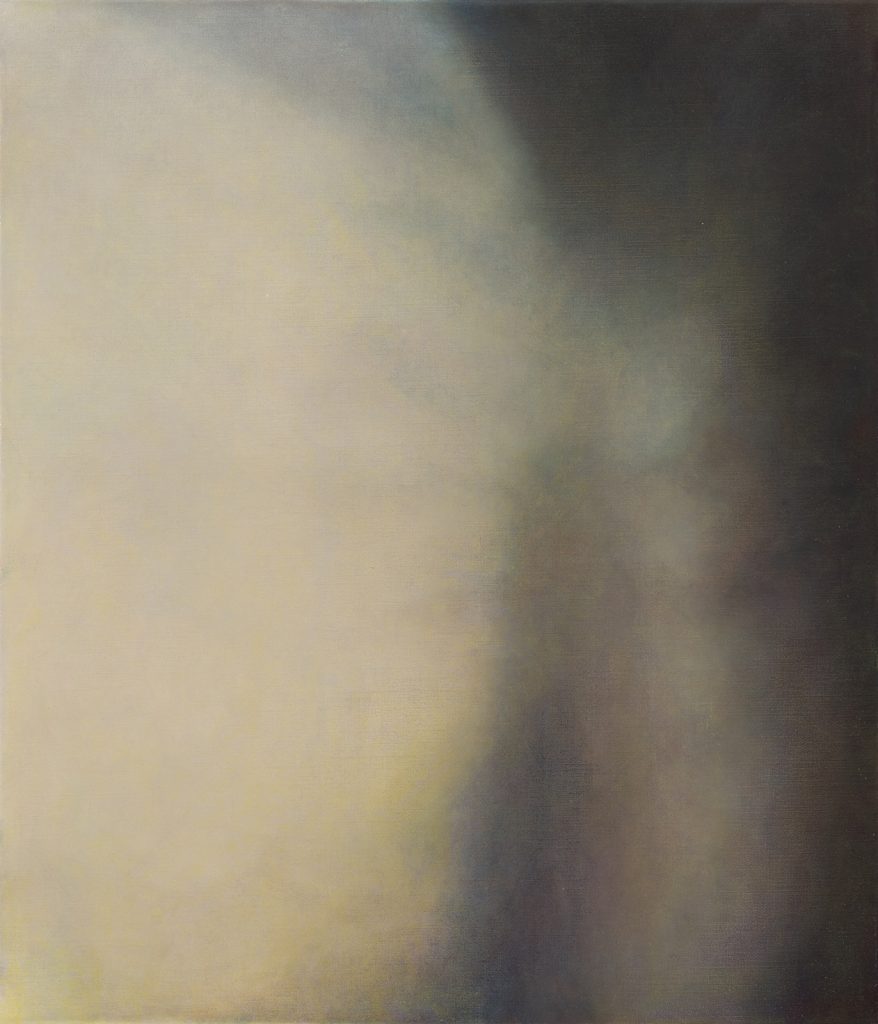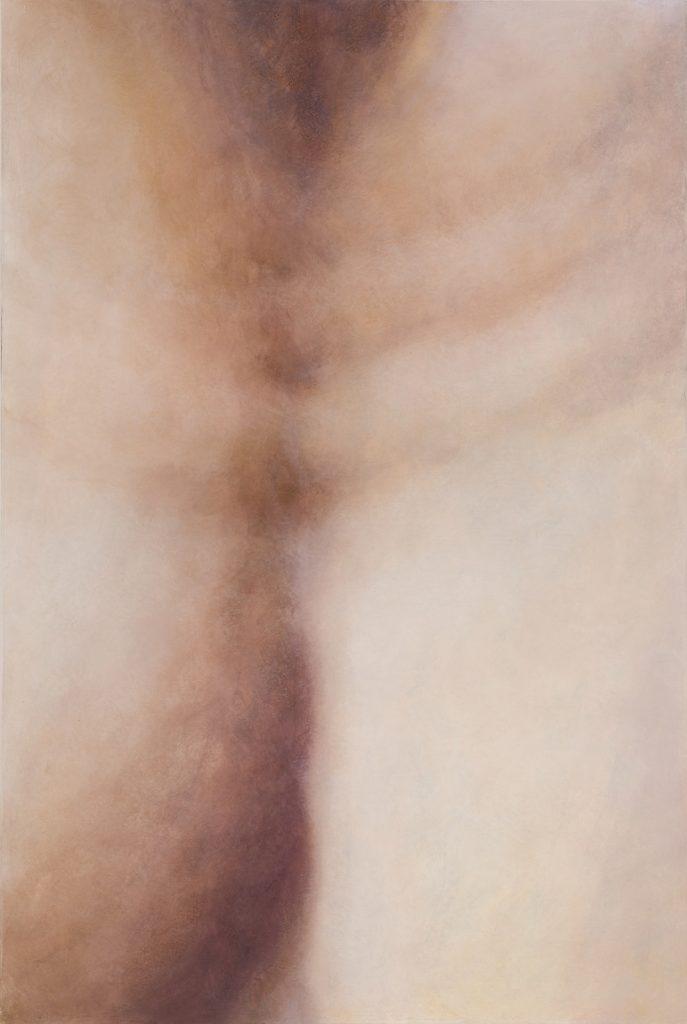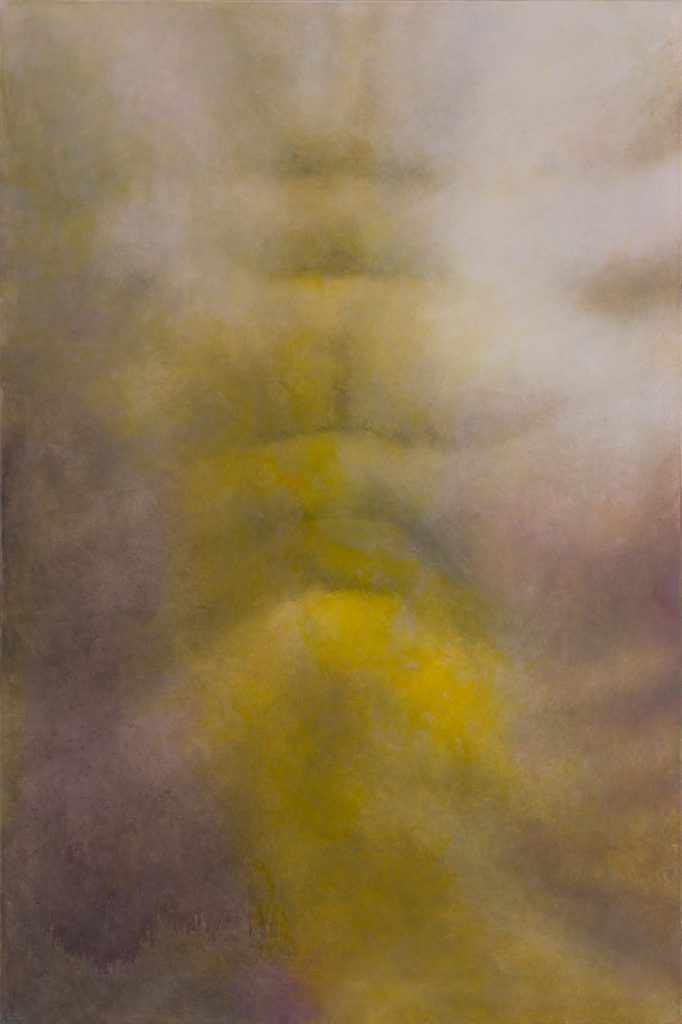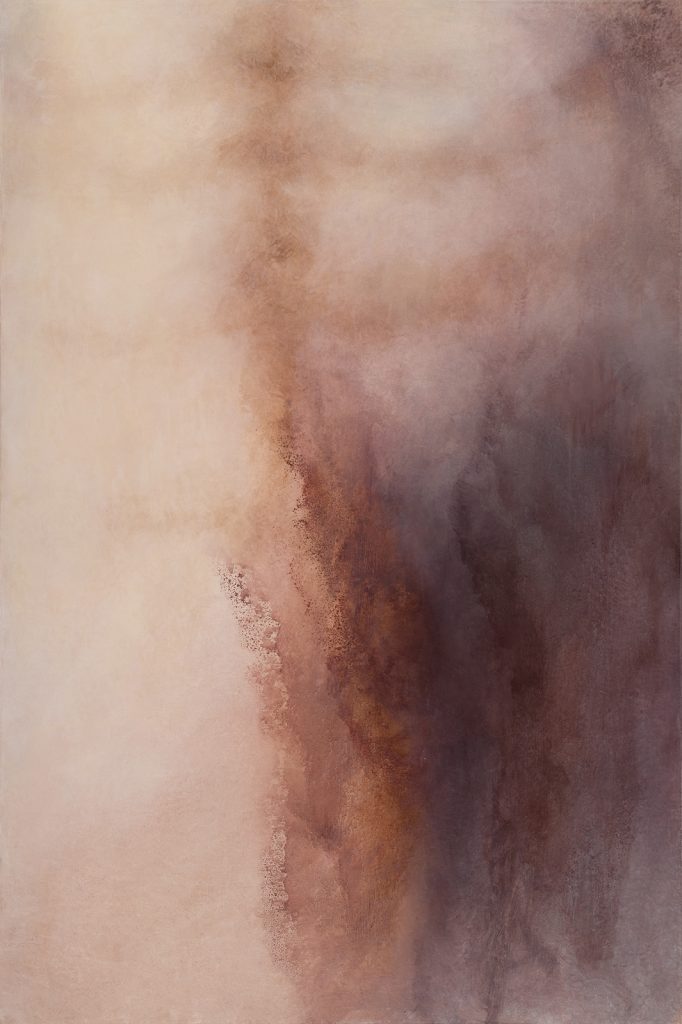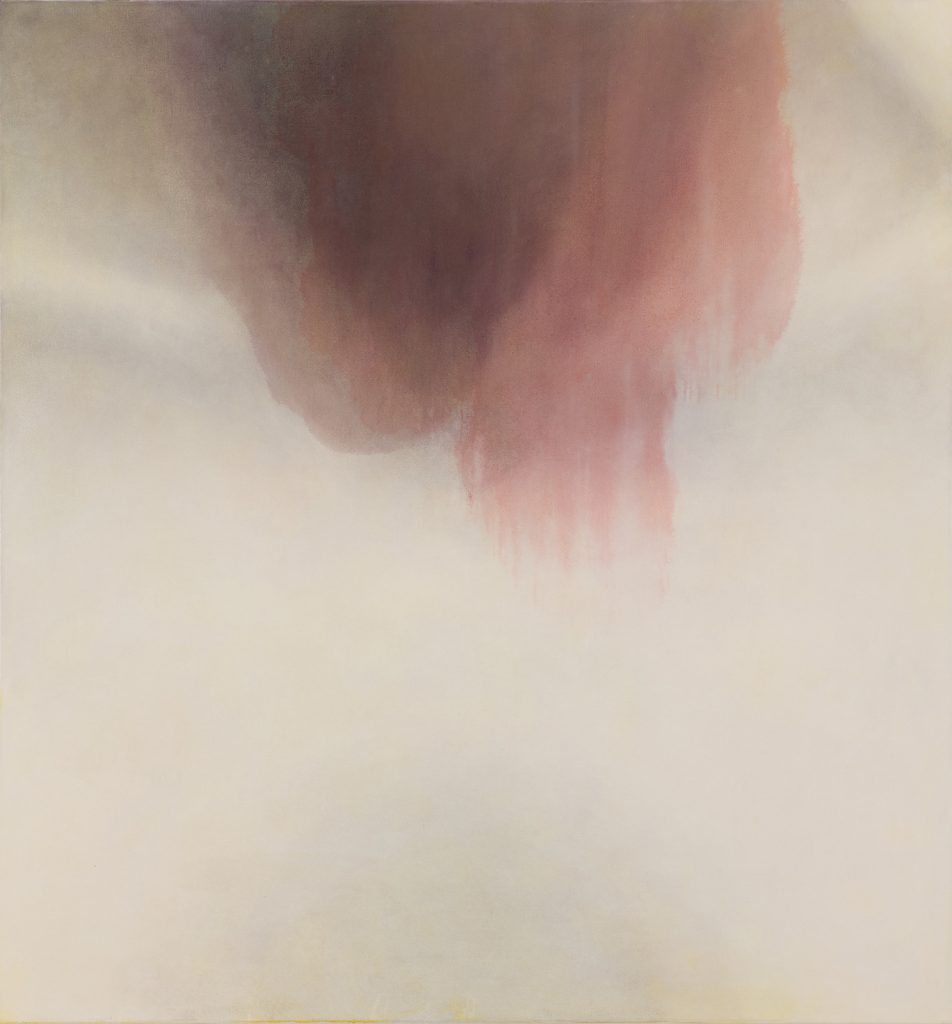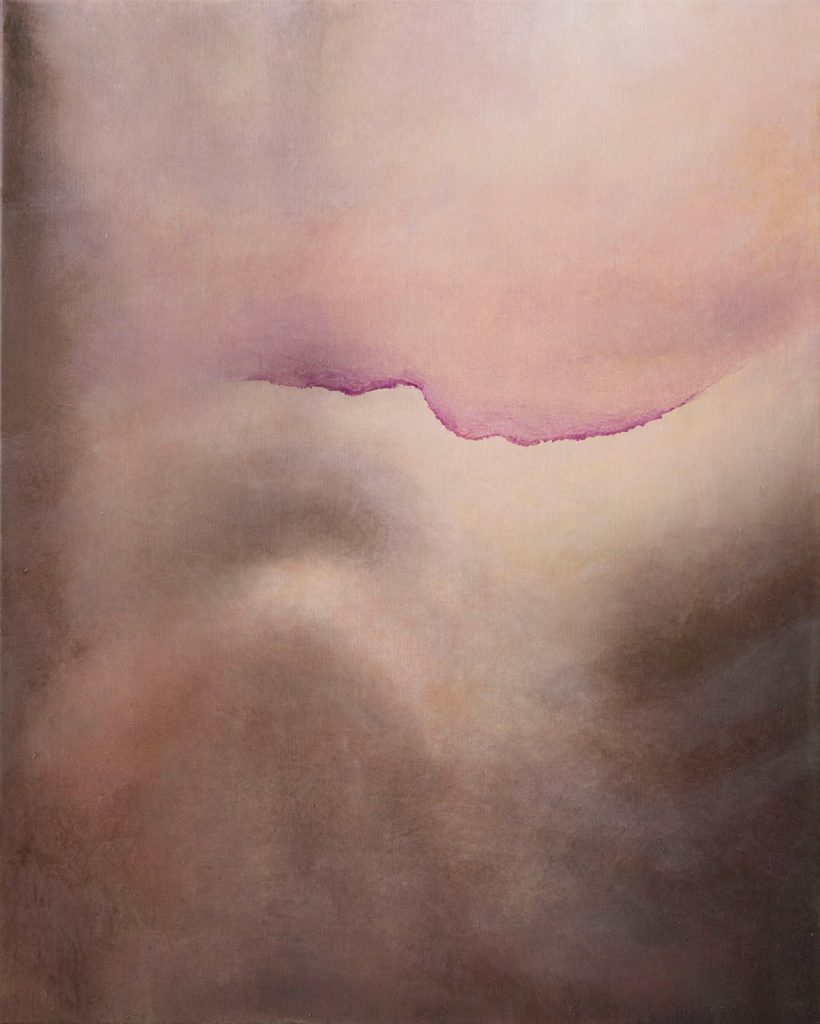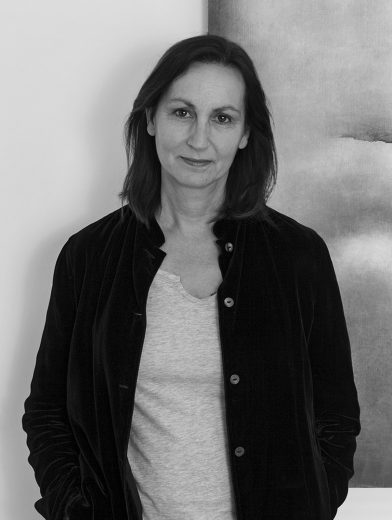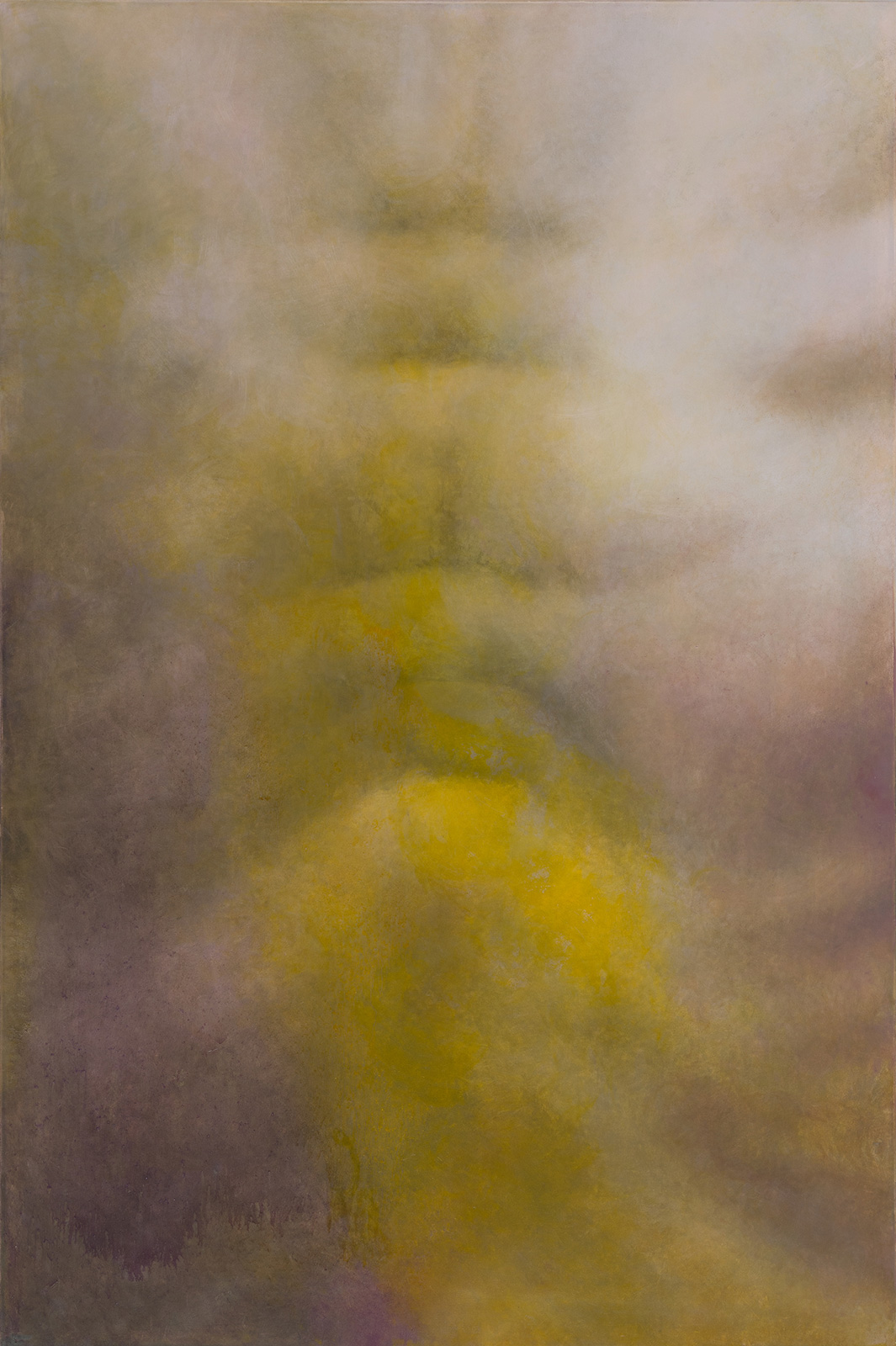
On show a selection of Georgina Spengler’s latest work entitled “Good News”. Twelve paintings from 2013 to 2015 which have never been exhibited before.
In the exhibition catalogue Roberto Gramiccia writes:
“It is the vital existence of painting the good news that Georgina Spengler gives us. Of her painting. Which is not, as was happening until recently, just one in the bunch. Today painters who continue to be painters are black swans. And to do it as it should be done – I mean – with radical determination, absolute commitment, and with a certain ‘badness’, as you’d say of those players who want to win the game at all costs. In this case the game to win is the one that will bring painting back to center stage. After it has been put on the sidelines to give space, all the space, to the incursions of the powerful armies of the of the art system, the really powerful ones, or to those lame marginal attempts – often pathetic – to march, as late followers, down the crowded roads of neo-pop or neo-conceptualism or of neo-nothing.
Spengler’s work is good news, and it is positive. And the news is that she continues to do what she has done for decades. And she’s always doing it better. Painting eight hours a day like a worker. With the same painstaking steady method of all time. Searching for the moment of illumination but also methodically excavating, which transforms craft into art.”
Selected works
Gallery
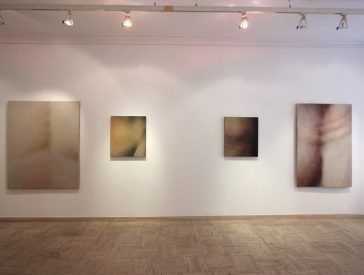
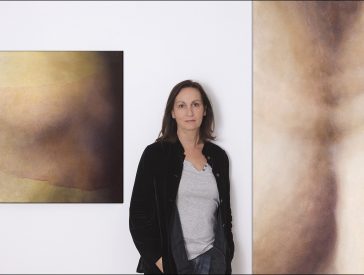
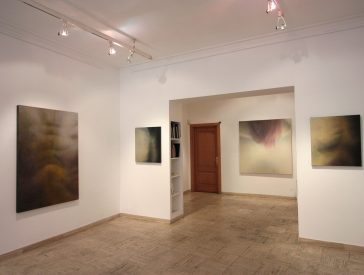
Critical essay
Good News
by Roberto Gramiccia
It is the vital existence of painting the good news that Georgina Spengler gives us. Of her painting. Which is not, as was happening until recently, just one in the bunch. Today painters who continue to be painters are black swans. And to do it as it should be done – I mean – with radical determination, absolute commitment, and with a certain ‘badness’, as you’d say of those players who want to win the game at all costs. In this case the game to win is the one that will bring painting back to center stage. After it has been put on the sidelines to give space, all the space, to the incursions of the powerful armies of the of the art system, the really powerful ones, or to those lame marginal attempts – often pathetic – to march, as late followers, down the crowded roads of neo-pop or neo-conceptualism or of neo-nothing.
Spengler’s work is good news, and it is positive. And the news is that she continues to do what she has done for decades. And she’s always doing it better. Painting eight hours a day like a worker. With the same painstaking steady method of all time. Searching for the moment of illumination but also methodically excavating, which transforms craft into art. This time Georgina goes in depth and comes to rest on the surface. The surface of the epidermis which has become the object of her research. Which is both a reality of layered transparencies and the observation point through which we gaze into the profound. In medicine it is the same: the condition of the moisture, the color, the tortuous paths of the veins, the scars, the blushing of love, or the pallor of terror and death all provide a map of the state of the body and the psyche. The skin is the boundary line between the inside and the outside. Between the body and the soul. There where – as Carmelo Bene in a wonderful monologue reminds us – the soul is always the soul ‘of’ the body and not the soul ‘in’ the body destined to escape as soon as it is freed from it.
Body and soul are inseparable, differing from what has been taught us. It’s one of the truths that makes me prefer a thousand times Spinoza over Descartes. And this painter explains it to us wordlessly. Through the veils of her systematic and headstrong and painting. Her vision, she shows us, is both clinical and poetical. The clinical of know how and the poetry of compassion which we feel moving through the able fingers of this painter. Compassion for the human condition, heroic and miserable as always. It’s not the easy enticement of the seduction of beauty that tempts this artist, but on the contrary the reproposition of a criteria. The criteria that places painting above all else. This might seem to be an ideological statement of position. But instead it isn’t. Because if you stop to observe her paintings with the attention they deserve, you won’t find ‘special effects’ but you will feel your heart beat.

